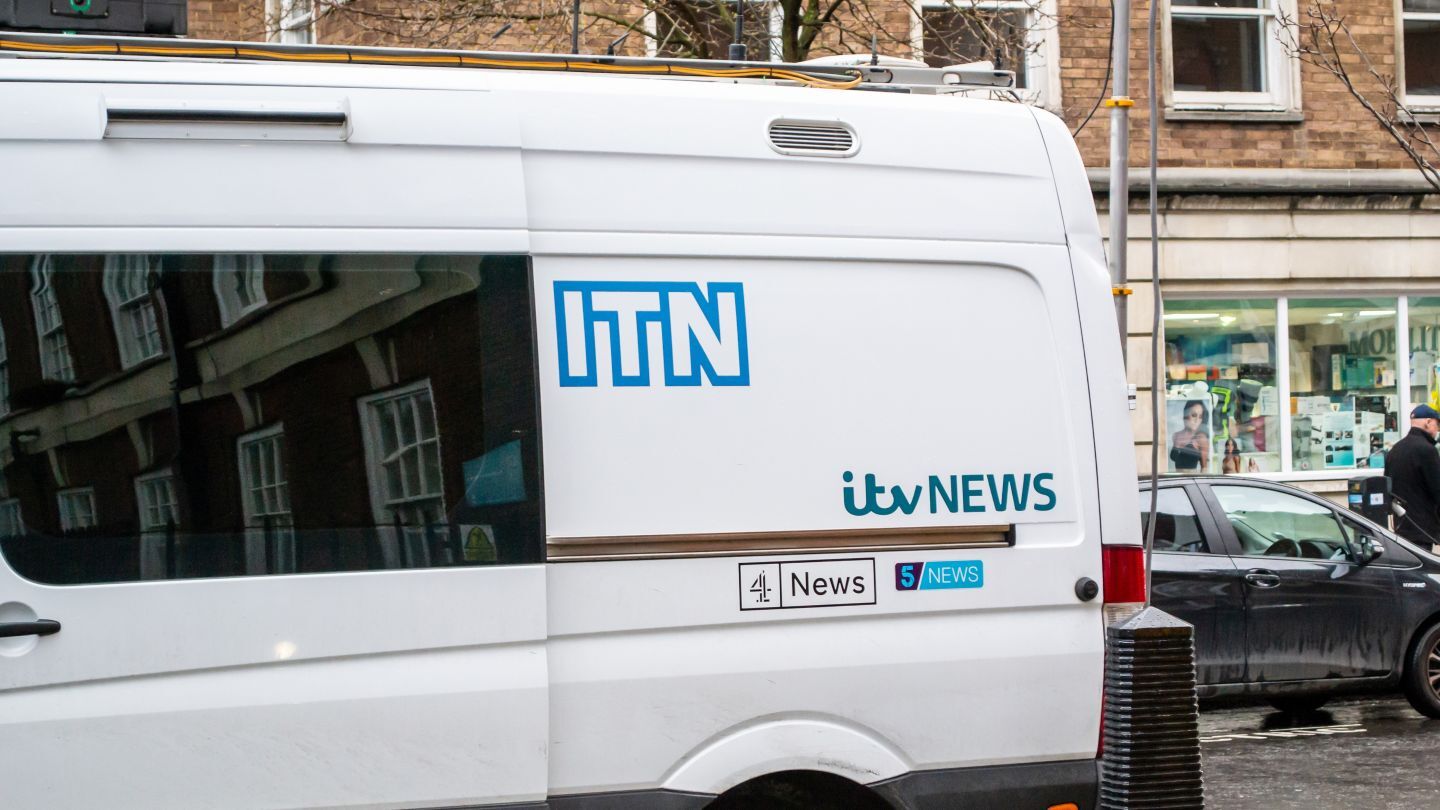Making sure there is a clearly defined set of user needs is fundamental to the start of every new phase in the ongoing AMWA NMOS project, writes David Davies.
It has – to put it mildly – been an extremely eventful decade for IP-based media. The migration from SDI and other legacy formats was, at least initially, slow and rather fragmented. But with the publication of the first standards in the SMPTE ST 2110 suite in 2017, the trend really started to achieve traction – first in broadcast, then in related markets such as pro- and enterprise AV.
But although ST 2110 provided many pieces of the IP networking puzzle, it soon became clear that there were ongoing challenges around network discovery, registration and connection management. Simply put, every component put onto a network needed to be immediately recognised and its streams easily connected to other devices. Without a clear roadmap to address these apparent ‘gaps’, there was a real danger that IP media would fail to realise its potential...
You are not signed in
Only registered users can read the rest of this article.

Poacher turned gamekeeper: Netflix rules, for now
Netflix raids Hollywood to land a giant of old media, but having offered billions over the odds for ageing IP, would a smarter play have involved the creator economy?

Truth in the age of deepfakes: Building trust in the human-machine era
As deepfakes become prevalent throughout the media industry, experts at the BBC, Guardian, and ITN wrestle with the implications of today’s unprecedented levels of disinformation and distrust.

Rory Peck Awards: Truth has never needed its defenders more
This year’s Rory Peck Awards was an affirmation that press freedom is in severe danger, that it has become a vicious fight to sustain that facts matter. George Jarrett reports.

Camerimage: “The time to be afraid of AI was two years ago”
The festival of cinematography remains political with the rise of AI and gender equality bubbling beneath the surface.
.jpg)
Content Everywhere: Disruptive forces in 2025, from AI to ROI and SGAI
Looking back over 2025 to date, it’s clear that AI continues to widen its role in the Content Everywhere ecosystem, and many companies are becoming more discerning about how and where the technology should be applied to streaming and video technology. Clearly, there is still much more to come, and much more to learn, but what have recent developments taught the industry to date?


